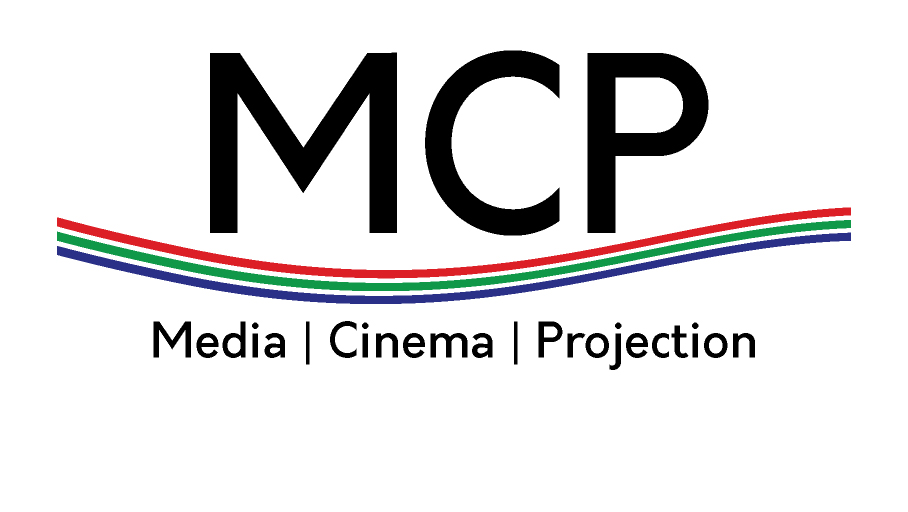There are few phrases that evoke a reaction as strong as “Marvel Cinematic Universe.”
Over the last decade, the MCU changed cinema. According to The Irishman director Martin Scorsese, it also changed the term cinema. Is The Avengers cinema? Classic Shakespearean tales of power, family, and corruption took form in Black Panther, Captain America: Civil War, and Thor, but are they cinema?
Truth be told, it doesn’t matter. Whether the MCU is a 23-piece collection of cinematic tales or a decade of theme park rides, few come close to the cultural touchstone the MCU has left. With $22.6 billion in global box office sales, scores of merchandise, theme park attractions, and a universal phrase understood around the world — “I love you, 3000 — the MCU is practically a religion. While it technically started in 2008, the real moment the MCU arrived was in 2012 with Joss Whedon’s Avengers.
The MCU started in 2008 with Robert Downey Jr.’s Iron Man, spun as counter-programming to gritty, adult-oriented superhero movies like The Spirit and Christopher Nolan’s Dark Knight. Thanks to Downey Jr.’s charm, it worked. A movie about a B-list Marvel hero who wasn’t particularly well-known by mainstream audiences at the time made $585 million at the box office.
Under Kevin Feige, who became Marvel Studios’ head of production in 2007, Iron Man set up more than just an ordinary sequel: Samuel L. Jackson’s Nick Fury in a post-credit sequence, talking about something called “the Avengers Initiative.” The initiative was teased again in The Incredible Hulk, released just a few months after Iron Man, which saw Downey Jr.’s Tony Stark meet up with General Ross — Bruce Banner’s biggest foe — to talk about the program.
The two movies arrived a year before the Walt Disney Company, still under relatively new leadership from CEO Bob Iger, bought Marvel Entertainment for $4 billion. While Disney wouldn’t officially distribute any Marvel movies until The Avengers, the company was in it for the long haul. That included supporting Feige’s vision of an interconnected universe, woven through five movies — Iron Man, The Incredible Hulk, Iron Man 2, Captain America: The First Avenger, and Thor — before the big setup could pay off.
Arriving in 2012, The Avengers expected viewers to have seen at least a few of the standalone titles in order to understand the team dynamics. But the end result was more than a superhero movie. It was the superhero movie. Intergalactic enemies, magical powers, ridiculous action sequences, and Steve Rogers yelling at people to “suit up.” For millions of fans, The Avengers felt like what a comic book movie should be.
It was the end of the movie, the scene where Earth’s mightiest heroes go out for shawarma, that set up what the next seven years looked like. Unlike Spider-Man, X-Men, or The Fantastic Four, The Avengers represented a world beyond one or two movies. The biggest scenes were made more impactful by the tiny character interactions, and those interactions worked all the more because we got to spend time with the heroes individually before The Avengers ever hit.
By this point, Disney managed to turn Marvel into a merchandising juggernaut. Research firm License Global estimated that Marvel merchandise brought in $41 billion alone, which is more than every Marvel movie combined.
Source: Like it or not, Disney’s Marvel empire redefined cinema this decade – The Verge
